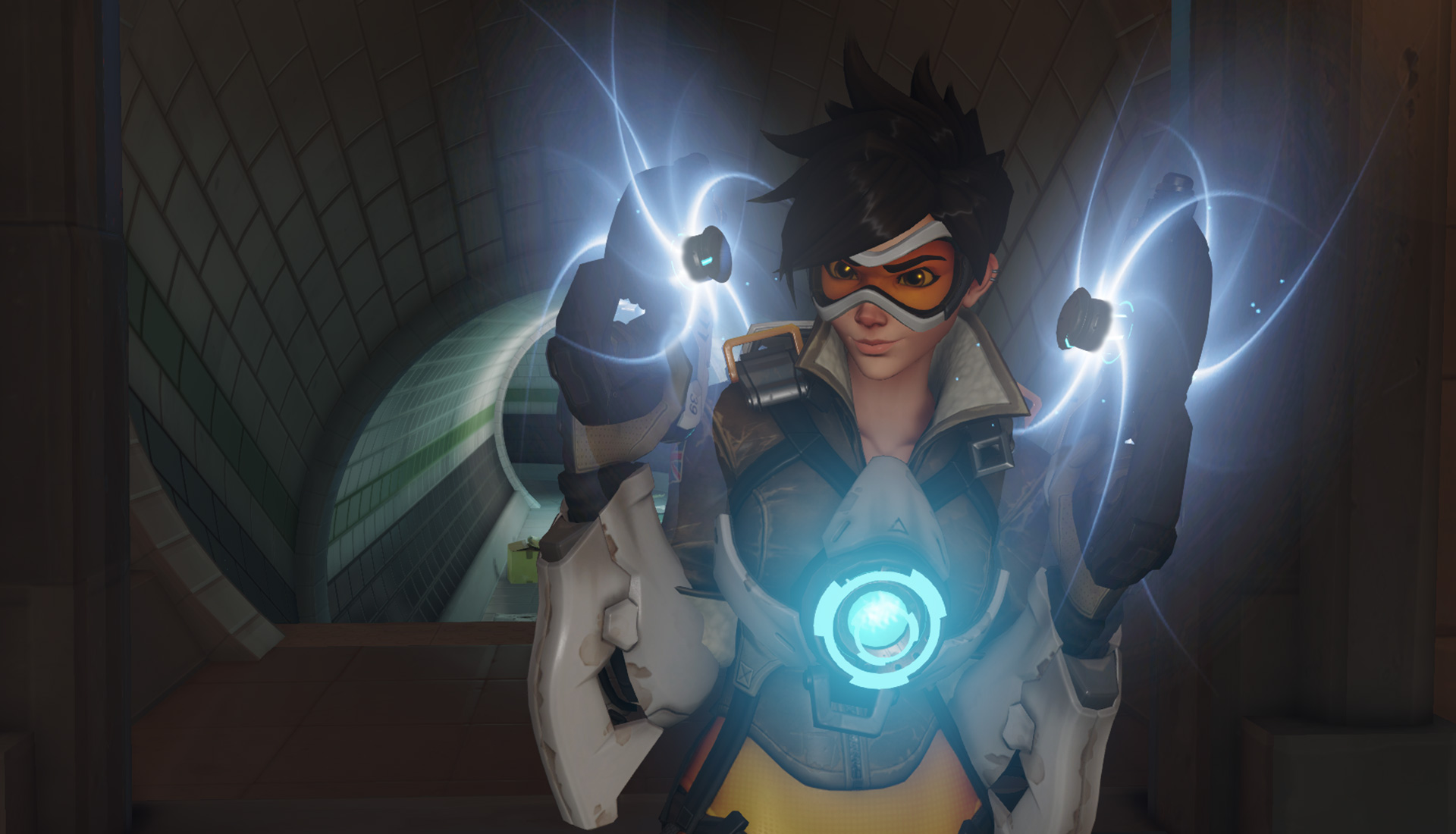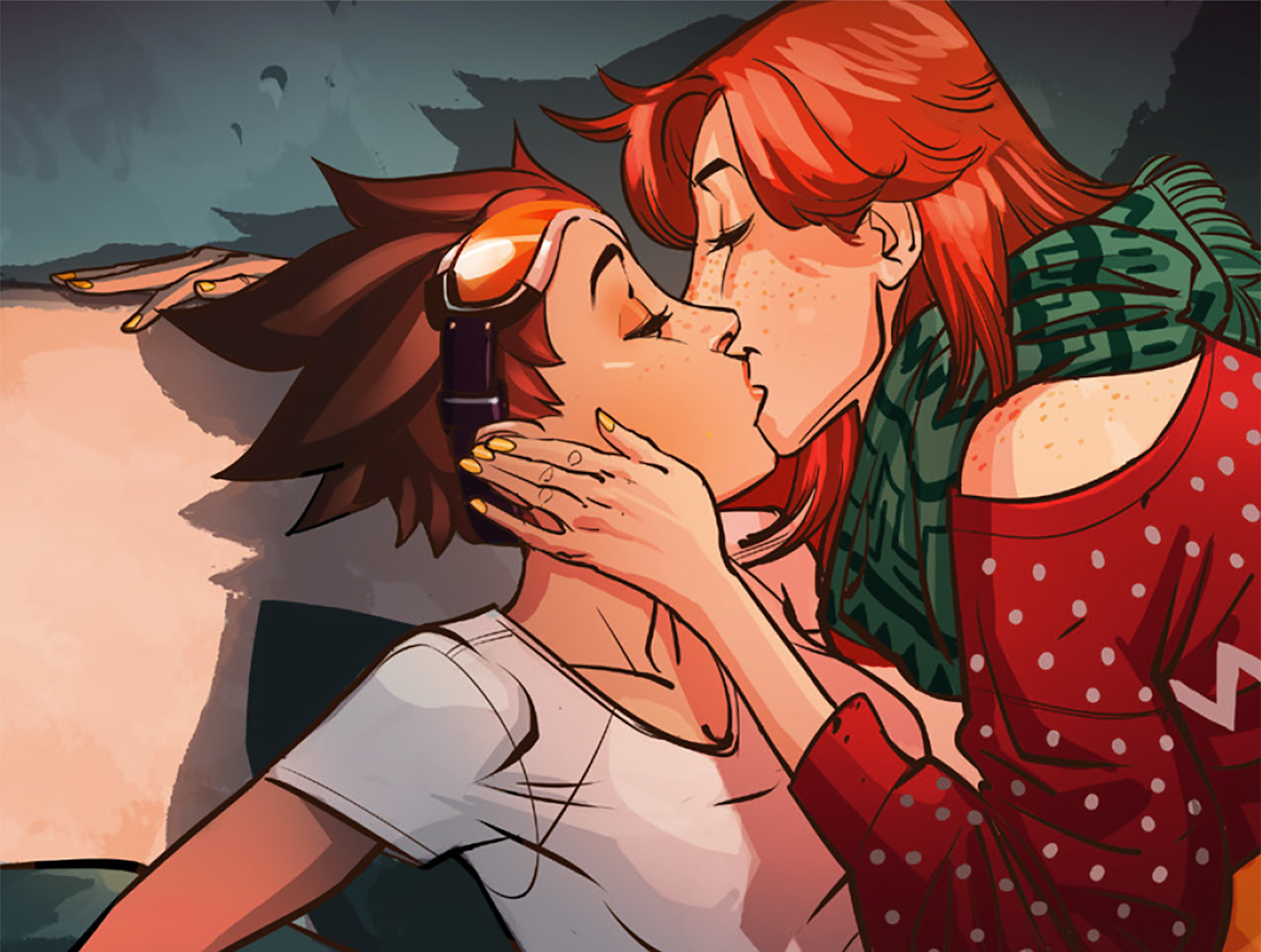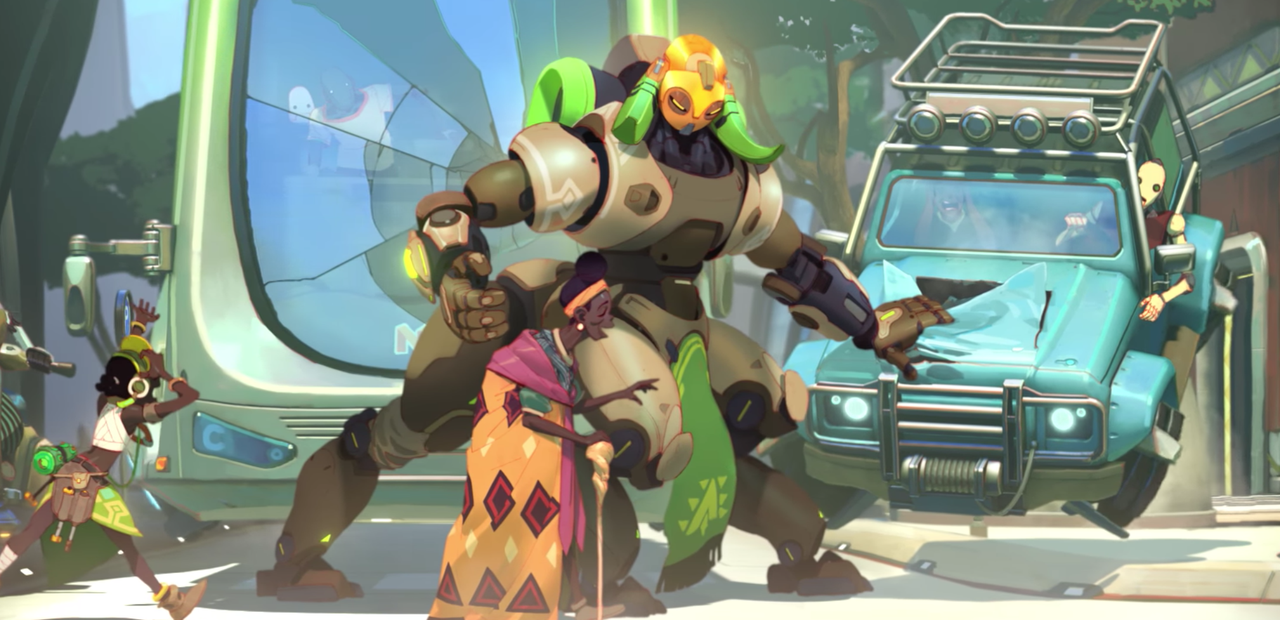At his recent DICE Summit talk, director Jeff Kaplan mentioned again the importance of inclusivity in Overwatch. This has been a continued rhetoric of the Blizzard team, and, most importantly, one that has been built upon significantly in the game’s post-release lifetime.
That lifetime has been a rollercoaster. Overwatch has not only been one of the most famous games of the past year, but one of the most controversial. And for good reason – Blizzard’s commitment to inclusivity has been riddled with both triumphs and missteps.
It Started Early
I’ll admit that the first time I heard about Overwatch was a little under a year ago, back when everyone was digging into the discourse about Tracer’s butt. I was not (unlike, apparently, the rest of the world) clued into the game from its inception, and this was actually my first introduction to any of Blizzard’s games.
Tracer’s butt drama seemed pretty clear cut. Overwatch had been in closed beta for feedback. A player had noted that that they disliked a certain victory pose that drew attention to Tracer’s behind in its impossibly tight leggings. Blizzard took that feedback on board and changed the victory pose.

Of course, as with everything surrounding sexism in video games, it wasn’t that simple. A certain subset of players incorrectly decried this as “censorship.” Others (including myself) were sceptical of Blizzard’s claims to be “doing female characters better” when viewed alongside Tracer’s overall look, especially along with the outfits of characters like Widowmaker and D.Va.
Still, it seemed the controversy would blow over eventually, especially for me personally, since I had no interest in playing the game. But then the open beta happened, and I fell in love with it. Fast forward a year and I have almost 240 hours (that’s 10 solid days!) of playtime across two systems, and probably just as much time discussing the good and the bad of the game in all of its forms.
Ongoing Inclusivity Improvements
When Overwatch was released, there were 21 heroes, of which only nine were female. Since then, the introduction of Ana, Sombra, and Orisa has brought the roster to an almost even 11 women and 12 men (with the genderless robot Bastion making a total of 24).
Each of these new heroes has brought something new and exciting. Ana is an older Arab woman. Sombra is a brilliant Latina hacker. Orisa counters the automatic gendering of robots and other non-humans as male. None are overtly sexualised. All are breaths of fresh air not only within Overwatch but in the games industry as a whole.
Moreover, in December, a tie-in comic revealed that Tracer is a lesbian. This bears repeating. Tracer, the mascot of Overwatch, is a lesbian. The celebrations following December’s reveal were one of the purest expressions of joy I’ve ever had the pleasure to participate in online. They truly revealed why this sort of representation is necessary.

Another equally important comic revealed that Symmetra is autistic, adding yet another angle of vital representation. Though this comic was released a little while ago, recent confirmations by high-profile members of the development team have reignited the celebrations once more, and they’re equally as joyful.
Backlash
Not everyone is as happy about Blizzard’s ongoing development. Personally, I’ve been bombarded with messages that make it clear that there is a small subset that would really rather I shut my mouth, whether I’m celebrating or critiquing.
This is putting it lightly, of course, because furious internet commentators don’t tend to politely request you stop talking. I’ve had pretty much every slur under the sun hurled my way and dozens upon dozens of messages requesting or demanding that I die. (To be fair, that is the only way that I’d stop spilling my digital ink about all of this.)
I can only imagine that Blizzard is experiencing the same, but multiplied hundreds-fold. You can guage small sense of it from Twitter rants, YouTube comments, and the company’s own forums, though an unfortunate side effect of these kinds of attacks is that both the bulk of the hate and the worst examples usually go unshown.
Yet they continue. For example, in the developer announcement where Orisa was first discussed, Jeff Kaplan specifically stated that they had been listening to people who pointed out that most female heroes had similar silhouettes, and that Orisa was designed to break that trend. What better statement that they are listening to someone, and it’s not bigots?

Overwatch‘s ongoing improvements are, then, a demonstration that these angry status quo warriors are being left by the wayside, even by huge, influential companies like Blizzard. No wonder these people are so angry.
Areas of Improvement
Things aren’t perfect. We might ask why we had to wait so long after release for a roster approaching gender parity – this could have been there on release. I for one am eagerly anticipating the next reveal of an LGBTQIA+ hero. And we can – and must – continue to discuss issues like culturally appropriative or sexualised skins right alongside questioning the latest balance patch.
But we should do so with optimism. Blizzard has demonstrated a clear willingness to take on feedback and continue to improve on their inclusivity, even though it upsets a small part of their fanbase. Not only does this mean that the community’s continued critique is frankly necessary to the game’s future, we can also take solace in the fact that Blizzard clearly understands that inclusivity in Overwatch must not be a once-and-done attempt, but rather an ongoing commitment.
Jay Castello
Latest posts by Jay Castello (see all)
- Assassin’s Creed: Origin’s Discovery Tour Mode is Great - February 23, 2018
- Celeste’s Assist Mode Brings Welcome Accessibility Options - January 25, 2018
- Overwatch Finally Sent Me A Notification About an Abuse Report - January 12, 2018
